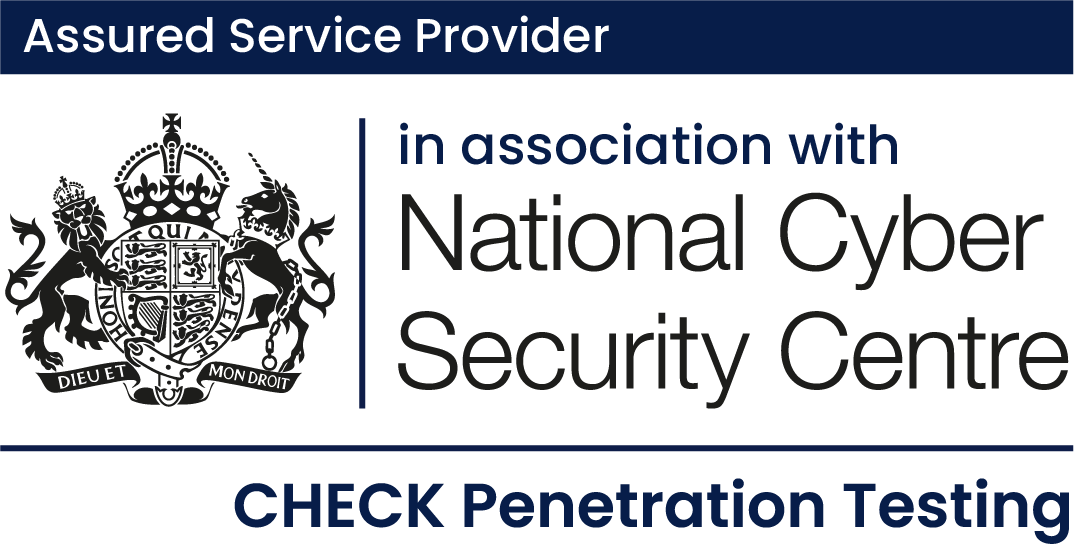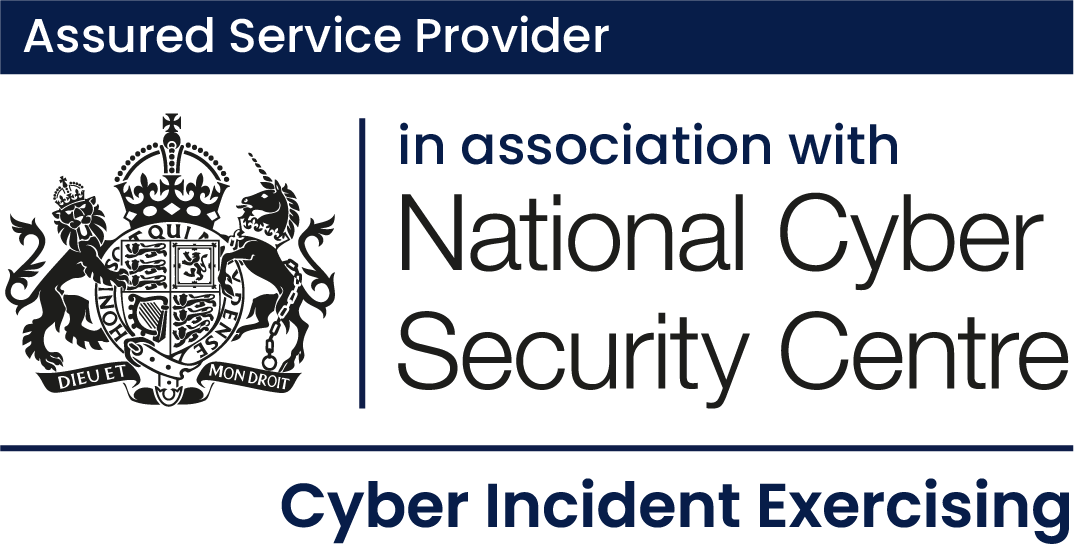Running a cyber incident exercise is an excellent way to test response readiness, but too many stop at the simulation itself. The real value lies in what happens afterwards. Every drill, tabletop or technical run-through should end with clear evidence of progress, not a list that disappears into an inbox.
Why most exercises fall short
Without a structured follow up or remediation plan, the same weaknesses can resurface at the next event. Reports are filed, action points forgotten, and teams return to business as usual. Exercises should be the start of improvement, not a one-off demonstration.
How to make exercises count
Define measurable goals.
Decide in advance what you want to prove. It might be detection time, communication flow or containment accuracy.
Capture observations properly.
Document what went well and what caused delay. Avoid generic conclusions and focus on actions that change behaviour.
Assign ownership immediately.
Link every finding to a responsible individual or department and set a timeframe for completion.
Track, review and repeat.
Use Luxis AI to manage post-exercise actions, evidence progress, and prepare for the next validation.
Building a culture of readiness
Organisations that treat exercises as ongoing programmes rather than isolated events build stronger, faster responses. Teams become comfortable under pressure and leadership gains visibility of genuine progress.
Book a Cyber Incident Exercise with Prism Infosec. Our consultants design realistic scenarios tailored to your organisation and then help you convert findings into permanent improvements.
















